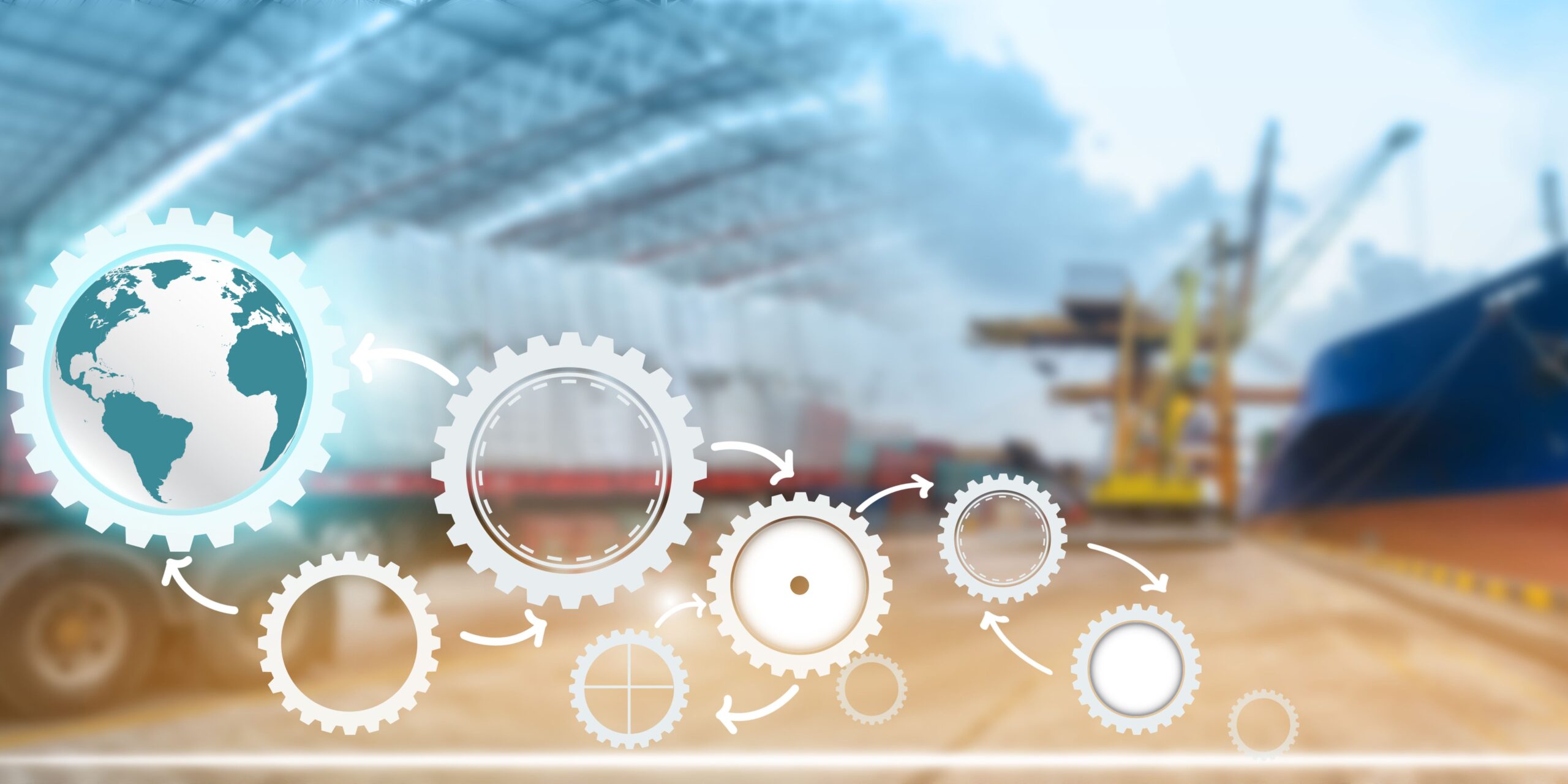Nearshoring: A Game-Changer for
Modern Supply Chain Management
Before the COVID-19 pandemic, sourcing off-shore was common practice. But the pandemic brought enormous strain on supply chains across the globe, which led supply chain professionals to find more sustainable processes. Because of this, the nearshoring practice has become adopted by many supply chains across the globe. Let’s explore this growing trend.

Rise of Nearshoring
Defining Nearshoring
Relocating corporate operations, especially manufacturing and supply chain management, to areas and countries that are physically closer to a company’s main market is known as “nearshoring.”
Supply Chain Resilience
Shortening supply chains lowers the chance of delays and disruptions, which increases resilience. Businesses can keep more stringent control over their supply chain procedures and react to unforeseen events faster when they operate in closer proximity to their primary markets.

Advantages and Challenges
Nearshoring Benefits
Nearshoring offers several compelling benefits for supply chain management. It first and primarily lowers delivery times and transportation costs, allowing businesses to launch items faster and more effectively. Nearshoring also promotes enhanced supplier collaboration and communication, improving quality control and expediting problem-solving. Because of faster turnaround times, businesses can also profit from decreased warehousing expenses and lower inventory levels.
Nearshoring Challenges
A noteworthy concern is the possibility of elevated labour expenses in adjacent areas in contrast to conventional offshore locations. This may have an impact on overall cost savings gained from nearshoring and necessitate technology and automation expenditures to balance labour costs. Furthermore, it can be difficult to locate trustworthy local partners and suppliers, especially in areas with less developed industrial bases. Moreover, the establishment of new localised production facilities may need large upfront investments in infrastructure and logistics. Finally, it can also entail having less access to a wider pool of talent, which might hinder innovation and expansion.
Supply Chain Strategies
Businesses need to develop thorough supply chain strategies in order to execute nearshoring successfully. An important tactic is to carry out a comprehensive cost-benefit analysis to assess the possible savings and financial ramifications of nearshoring as opposed to sourcing offshore. To maintain smooth operations, businesses should also cultivate strong ties with regional logistics companies and suppliers.

Real-World Applications
Successful Case Studies
Numerous businesses have effectively employed nearshoring tactics, showcasing its possible advantages. For example, the automaker BMW moved a portion of its production from China to Mexico in order to save money on shipping and accelerate delivery to the North American market. Nearshoring has helped clothing companies like Zara by bringing production closer to their main European markets, which has sped up turnaround times and improved alignment with runway trends.

Future Outlook
The future outlook for nearshoring in supply chain management appears promising. The need for more robust and effective supply chains as global markets continue to change will probably lead to a greater uptake of nearshoring tactics. Technological innovations like automation, AI, and data analytics will be critical to improving nearshoring’s profitability and advantages. By optimising operations, these technologies can help offset increased labour expenses.
Lessons Learned
To recap, businesses thinking about using nearshoring can learn a lot from its practical uses. An essential lesson to be learned is the value of careful planning and analysis. To make sure that nearshoring fits with their entire business objectives, companies need to carefully consider the logistical and financial ramifications. For efficient operations and quality control, solid ties with regional partners and suppliers are essential. The necessity of flexibility and adaptability is a further lesson; companies need to be ready to handle regulatory variances and potential difficulties in new areas. Investing in automation and technology can reduce labour costs and increase productivity. In addition, pinpointing areas for development and adapting to market shifts depend on ongoing supply chain performance monitoring and analysis. By learning from the successes and challenges faced by other companies, businesses can better implement nearshoring strategies that enhance their supply chain resilience and overall competitiveness.
















